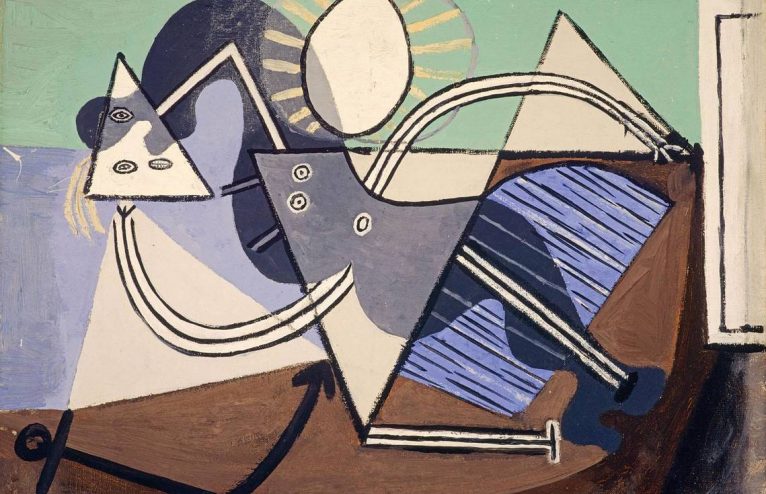By: Delia Cabral

Picasso is seen today as the original modern master. He was fearless during a time in history when there was much to fear, much that was uncertain.
His art changed the world, he changed how we see. Over the course of his lifetime he created thousands of paintings, sculptures, ceramics, watercolours, and engravings. There was nothing – no medium, no style – he didn’t take on. His life and art were one. The current exhibition at the Tate Modern, “Picasso 1932 Love, Fame, Tragedy,” is an inspiring and in-depth look at his life as a creative process.
Picasso said, “The work that one does is a way of keeping a diary.” In this spirit the exhibition takes us on a walk through one of Picasso’s most prolific and controversial years. Organised chronologically, month by month, “Picasso 1932” is an in-depth examination featuring over 100 works of art, many not seen together since then.
We get a glimpse, or more, of how and where Picasso worked. You can feel his passion, his sense of urgency in exploring all he saw and expressing all he felt. He was not pinned down by a particular style or even medium. He moved freely from painting to drawings to sculpture. He worked figuratively, abstractly, cubistically and even surrealistically. There is nothing tentative in his work; he worked fast, confidently and seemly non- stop.
The exhibition begins on Christmas Day 1931, where we witness Picasso’s romantic tensions. That day he created a small painting depicting a woman killing her rival. This sets the tone for 1932. As we walk in at the start of the year we are welcomed by large portrait paintings of a woman seated in an armchair. In this series, Picasso explores every possible way of capturing this woman’s essence. He uses bold lines and bright colours, or soft, subdued palettes as in The Dream. The paint is sometimes layered thick, other times almost transparently. In many paintings the figure is rendered in a cubist fashion, while in others it’s surrealist.
Picasso’s muses were the subjects of his passion. This model was clearly not his wife, Olga, but his covert lover, the then-22-year old Marie-Therèse Walter. She was a secret that would not last long. The woman in these paintings is portrayed both as seductive and seduced.
Picasso was inspired by many things besides. History, for example, mythology, other cultures, even nature films. He took special inspiration from the early documentaries of sea creatures by filmmaker Jean Painlevé.
I enjoyed the series of abstracted surrealist nudes that morph into octopus-like creatures. These are reminiscent of Japanese erotica – the classic work by Hokusai, The Dream of the Fisherman’s Wife, jumps to mind. Here again, Picasso plays with surrealism and cubism. And here he obsesses yet more over his young athletic lover. Marie-Therèse was renowned for her love of the sea and her almost fish-like swimming skills. He paints her as a strong playful sea creature, her extremities morphing into tentacles. There are many works in the show dealing with sea and beach. Though Picasso himself did not swim, he found the sea a source of both joy and tragedy.
Picasso wanted complete control of how is works were shown, so he curated the exhibition himself. He received much criticism for the seemingly random order in which the works were shown. The Tate’s exhibition recreates Picasso’s curation, providing us the opportunity to witness how he chose to display his paintings and sculpture. The red gallery thus transports us back in time.
This whole exhibition is an exercise in time travel, and it is addictive. There is so much to see, one visit may not be enough. I recommend you double-dip; plan to come back again. Gallery by gallery, “Picasso 1932 Love Fame and Tragedy” takes you on a journey though Picasso’s year of wonder.






